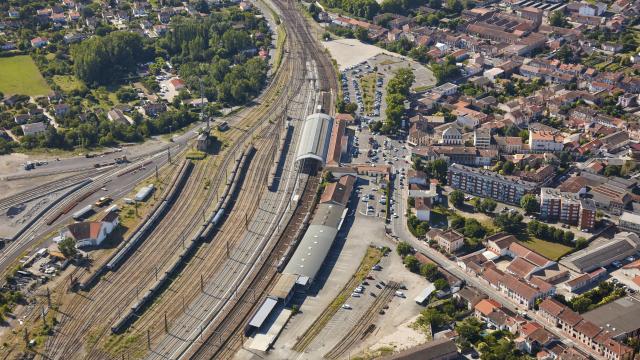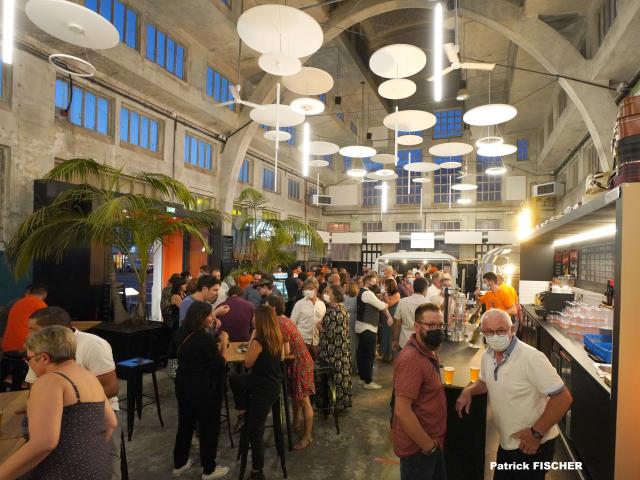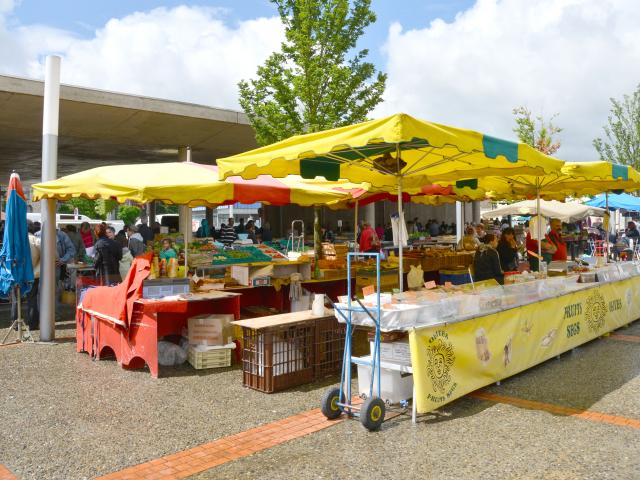Villebourbon est nommé ainsi en l’honneur d’Henri de Navarre, futur Henri IV et premier roi de la lignée des Bourbon qui, durant les Guerres de Religion, a réuni deux anciens faubourgs derrière une imposante fortification, donnant naissance à un nouveau quartier. Celui-ci abrite alors de nombreuses industries, tuileries, minoteries et teintureries qui profitent de la proximité du Tarn. Le long du quai sont alignés de grands hôtels particuliers construits au XVIIe et XVIIIe siècles par de riches entrepreneurs et négociants du textile, dont les salles voûtées du rez-de-chaussée abritaient ateliers et entrepôts.
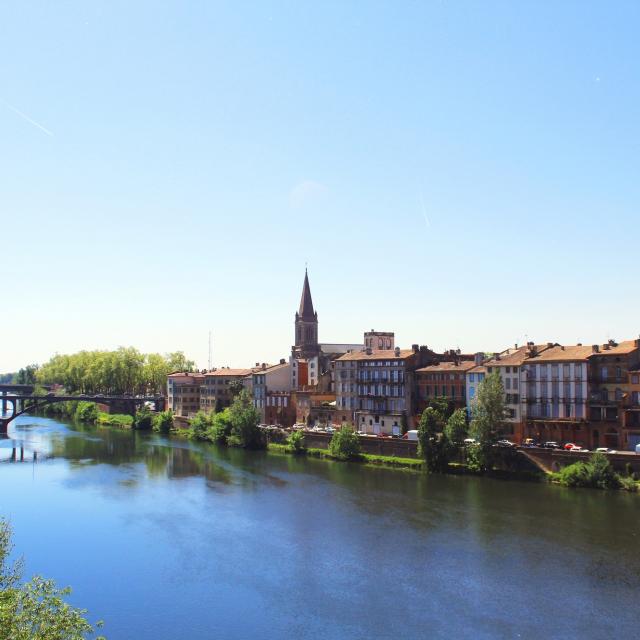 ©villedemontauban (504)
©villedemontauban (504)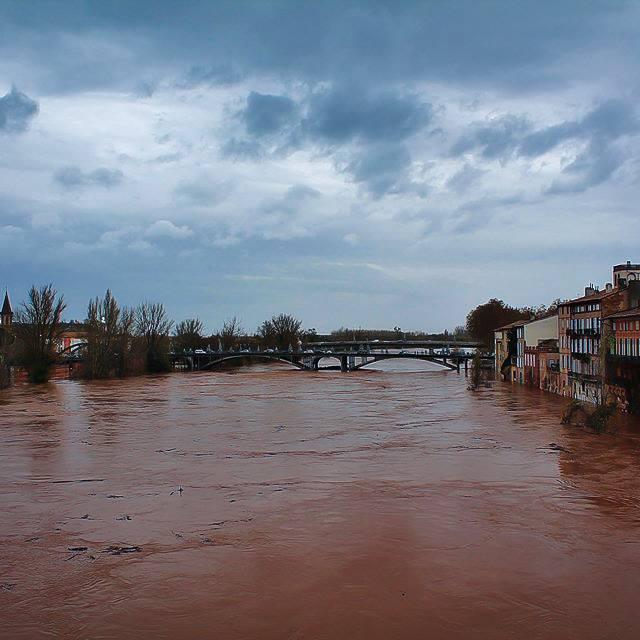 Vue Du Tarn En Crue @emiliealonzo
Vue Du Tarn En Crue @emiliealonzoLe Tarn est une rivière capricieuse. Régulièrement en crue, ses débordements se font constamment ressentir en ville et notamment dans le quartier Villebourbon. D’ailleurs, l’un des épisodes les plus funestes de la ville au XXe siècle est dû à une crue. En vous baladant sur les quais en bord du Tarn, vous remarquerez sûrement l’échelle de crue qui rappelle l’inondation de mars 1930 durant laquelle les eaux montèrent à 11 mètres 50 au dessus de leur lit inférieur et ravagèrent le quartier. Un Montalbanais c’est d’ailleurs illustré lors de cet épisode, Adolphe Poult (dont les quais portent aujourd’hui le nom) sacrifia sa vie pour sauver des dizaines d’habitants de la noyade. Aujourd’hui, la ville s’est dotée de murs anti-crues, de grands portails qui se ferment en cas de crue et réduisent considérablement le risque d’inondation. Vous pourrez observer ses murs lors de vos balades en bordure du Tarn.
Conçu par l’architecte Marcel Renard, le marché couvert est inauguré en avril 1935. L’architecte a pleinement tiré profit des possibilités offertes par le béton armé associé au verre pour construire un édifice lumineux et fonctionnel, vaste nef unique de 24 mètres de long sur 12 mètres de large. Les marchés se sont tenus là jusqu’en 1967, le bâtiment connaissant ensuite diverses affectations qui modifient son aménagement intérieur. Le marché couvert est protégé au titre des monuments historiques depuis 2005.
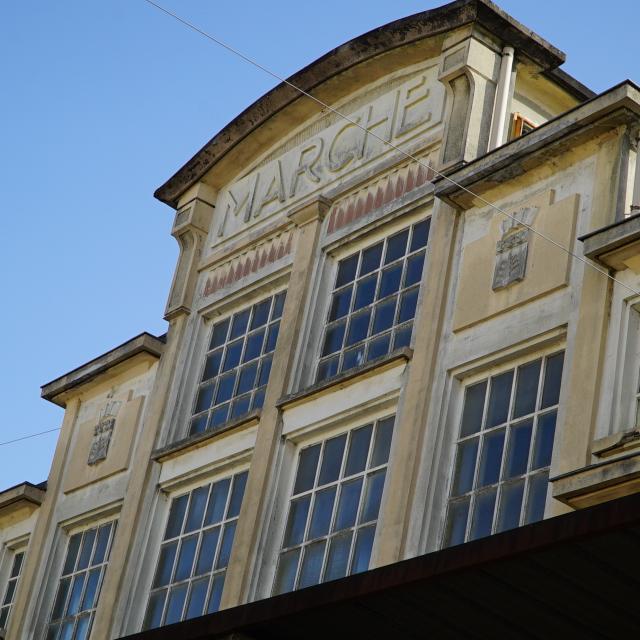
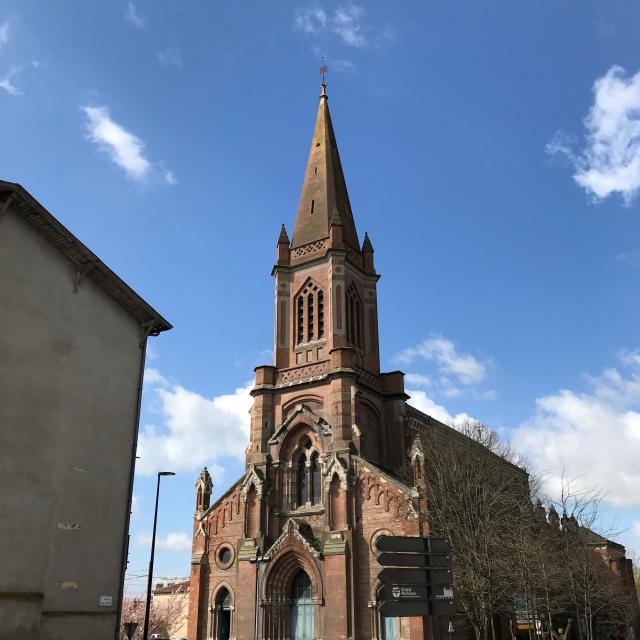 Montaubantourisme 40
Montaubantourisme 40À l’exception du clocher, l’église inauguré en 1891 est l’œuvre de l’architecte diocésain Léopold Gardelle. En 1930, elle résiste à l’inondation qui détruisit en partie le quartier de Villebourbon. Paradoxalement, cette catastrophe permit l’achèvement de l’édifice : grâce à la générosité de la mairie de Paris envers la ville sinistrée, le clocher put enfin être construit par l’architecte Germain Olivier. Avec ses 65 mètres de hauteur, il passe pour le plus élevé du département. L’église abrite un exceptionnel ensemble de vitraux-verrier André Rapp, certains représentant l’acte héroïque d’Adolphe Poult.

